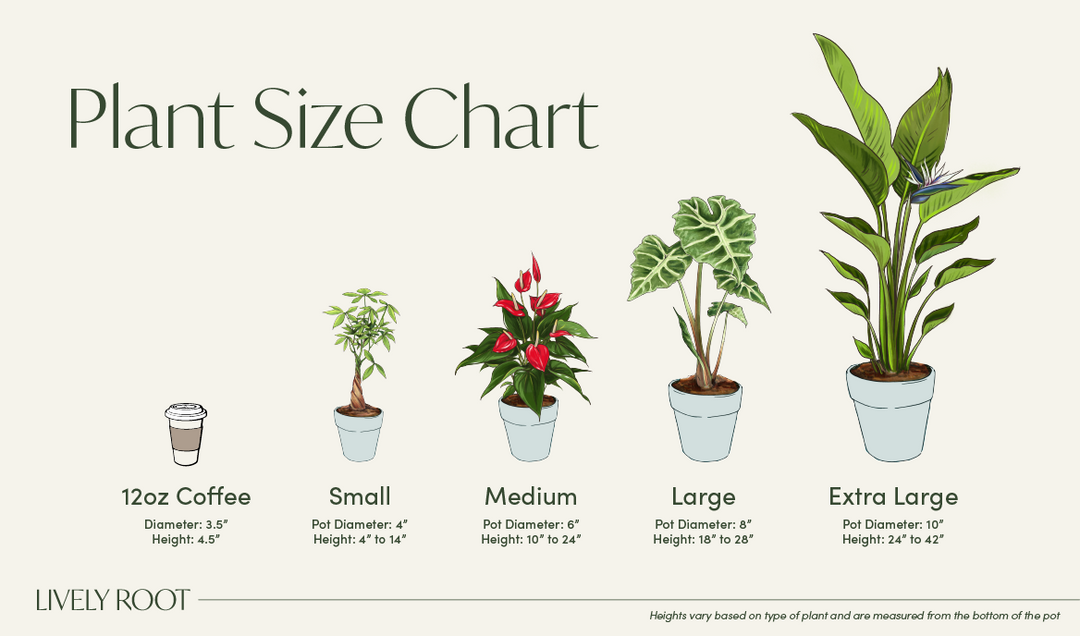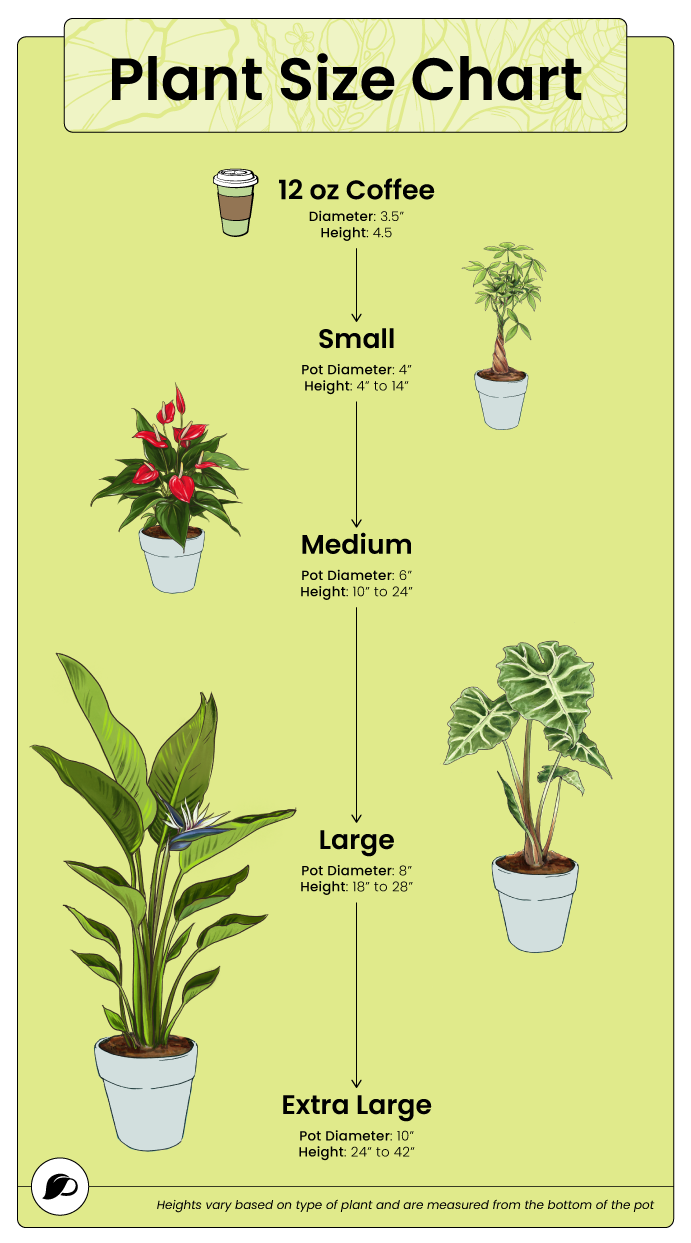Welcome
You have points
Recently viewed
No recently viewed items
Wishlist
Sign in to access your favorites
We’re sorry, we weren't able to find what you're looking for. Here are some of our other popular collections to explore.

Keep your furry friends safe by choosing houseplants for your home that are nontoxic to them. These plants will add color and texture to your decor while keeping your cats and dogs safe and happy. Shop our collection of pet friendly plants!
Shop
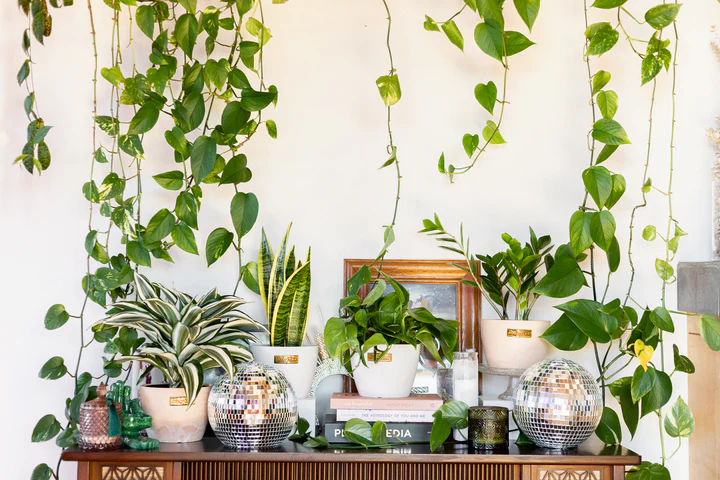
Lively Root’s collection helps you find whatever house plants you need, in one place and easily delivered to your door. From lush foliage plants to vibrant blooms, towering palm trees to mini succulent selections, we’ve got the perfect plant for every space.
Shop
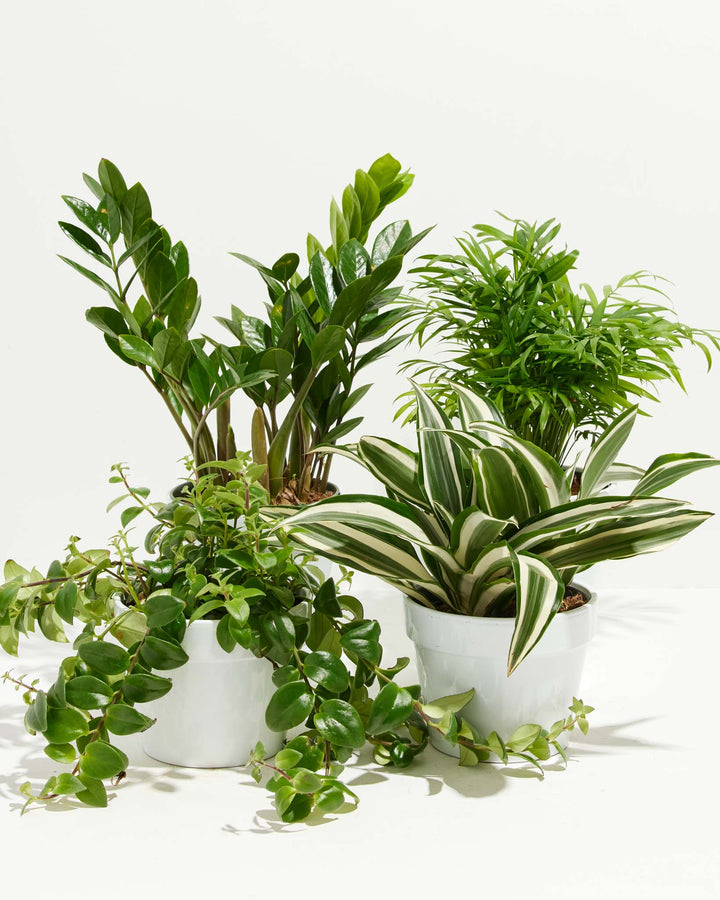
You've found the perfect place to choose your next new plant friend. Check out our best-sellers, most of which are easy to care for and highly air-purifying so you can enjoy them with minimal effort.
Shop
Bring elegance and individuality to your living space with orchids. Orchid flowers are the most popular flowering plants worldwide, and it’s not hard to see why. Available in various colors and varieties, orchids will enchant you with their unique beauty. Moreover, orchid flowers are among the most lasting, often blooming for over 3 months.
These tropical plants are native to Asia, Central America, and Australia, and studies show that various types of orchids are present on all six continents. The orchid is a perennial bulbous plant and an epiphyte that grows attached to other plants. In the wild, orchids often grow on trees, absorbing water and nutrients from the rain and air.
Once you know how to grow orchids indoors, they’re easy to care for, sometimes blooming several times a year. Orchid colors range from white, like the pristine White Moth orchid, to vivid purple. Other colors include yellow, orange, and numerous shades of pink, magenta, or lilac. Some varieties are bicolored, like the Red Lip Moth Orchid, or multicolored and have spotted or striped petals, like the fantastic Arcadia Moth Orchid.
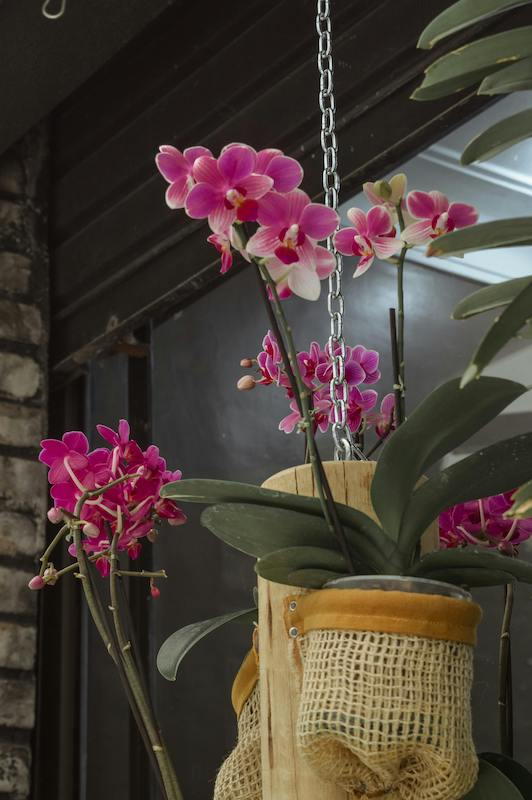
Orchids are beautiful and elegant, but did you know they are also remarkable air-purifying plants? Here are a few more reasons to grow orchids in your home:
There are over 25,000 species of orchids, and one of the most popular varieties is the moth orchid. Here are four stunning Orchidaceae flowers to consider:
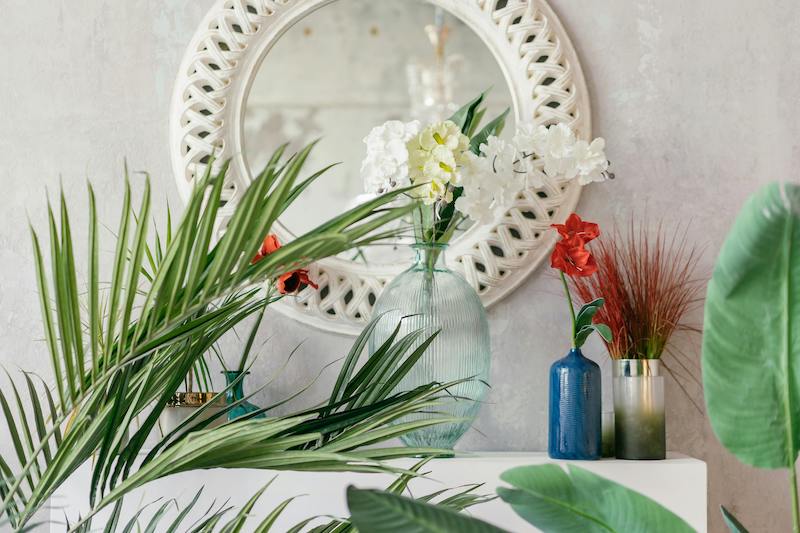
Knowing how to care for orchids is the key to growing thriving and happy plants. Find out what moth orchids need with our orchid care tips below:
Water your orchids well once every 7-10 days, letting the water drain so that no excess water is left in the tray. Overwatering can easily lead to root rot. If you’re wondering how to water orchids without overwatering them, submerge the plants in a tub of water for 15-20 minutes and then let any additional water drain from the plant’s roots. When in bloom, orchids need a bit more water than usual. Orchids also prefer extra humidity; place their pots on pebble trays for optimal orchid care.
Different orchid varieties have different light requirements. Most orchid plants, including Moth orchids, grow best in bright, indirect light. Direct sunlight can scorch their leaves. Moth orchids prefer temperatures of 50°F-85°F. To flower, moth orchids need plenty of light. Slightly cooler temperatures in autumn are another way to promote the formation of new buds.
Your orchid needs repotting once every 1-2 years into a well-draining potting mix. Add some bark to encourage air circulation around the roots. Fertilize your moth orchids with a balanced orchid fertilizer every 2-4 weeks during the growing season.
Remove any dried leaves or flower stems and clean the leaves once in a while with a soft, damp cloth. Also, support the flower stems to prevent them from bending under the weight of the flowers. If you want to propagate your orchids, wait until they mature and divide them by carefully disentangling the roots.
Some common issues include wilting leaves and buds. Wrinkled leaves are a sign of underwatering and low humidity. Too little water, especially with too much direct sunlight, can cause orchids to drop their buds and turn yellow. Failure to bloom is another problem related to incorrect light exposure.
Enjoy the orchid’s exotic charm by growing these lovely indoor plants on windowsills or as a desk plant in your home or office. You can group orchids by different colors to create a contrasting effect or use them as living table centerpieces!
Find the perfect orchid plant for your home, then use our Plant Finder Quiz to select companion plants for your orchid. Our orchid delivery will also make a fantastic surprise gift for someone special!
Follow us @livelyroot & show us your #livelyroot plants
